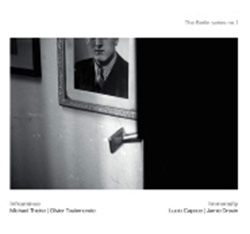
The Inframince/Immensity split CD is the first in a series of discs exploring the work of musicians based in Berlin, a city which has been one of the most vibrant centres for improvised and contemporary music since the 1960's.
Out of Stock
Quantity in Basket: None
Log In to use our Wish List
Shipping Weight: 3.00 units
Sample The Album:
Michael Thieke-clarinet
Olivier Toulemonde-acoustic objects
Lucio Capece-bass clarinet, preparations
Jamie Drouin-analogue synthesizer, radio
Click an artist name above to see in-stock items for that artist.
Label: Another Timbre
Catalog ID: at60
Squidco Product Code: 17497
Format: CD
Condition: New
Released: 2013
Country: UK
Packaging: Cardstock gatefold foldover
"Inframince" recorded on January 24th, 2012 at Ausland, Berlin. "Immensity" recorded on November 29th, 2011 at Lucio Capece's Studio in Berlin.
"The Inframince/Immensity split CD is the first in a series of discs exploring the work of musicians based in Berlin, a city which has been one of the most vibrant centres for improvised and contemporary music since the 1960's. The alternative music scene there is now huge, and musicians from all around the world choose to move there to develop their work.
Among other topics, the following interviews with one member from each of the two duos on the disc (Olivier Toulemonde and Jamie Drouin) give fascinating and contrasting accounts of the city from two of its musical migrants."-Another Timbre
Another Timbre Interview with Olivier Toulemonde
Could you say something about your instrumentation: 'acoustic objects'. What does this mean?
They are objects from everyday life. I don't build anything, or try to construct an instrument out of objects. I simply make noises with objects that I find: whisks, bowls, plates, marbles, styrofoam, CB antennas, spinning-tops, springs, metal rods... I try to find the largest range of sounds within each object. Sometimes I use them in a percussive way, but mostly I rub them on a table, to produce a long noise or a continuous tone. What interests me in these objects is that they're not instruments, they have a function that has nothing to do with music, and they're not built to create defined sounds. That's very helpful for me because I don't want to use "musical sounds". I just have to listen to these objects and try to find the best gesture, the right speed and exact pressure to obtain the best vibration, the most resonant frequency, and to be able to control the sound over a duration.
For many years I've only used "acoustic objects" in my music. I never use amplification. I abandoned speakers and my mixing board in 2005, when I was touring with Agnès Palier. She works with the voice and uses whispers, breaths and mouth sounds, without any amplification. Therefore I had to have my speakers at a very low volume and I discovered that my objects could sound by themselves, acoustically, without microphones. I want to thank Agnès, because from this time on my body has been much more involved in my music. When I was working with electronic music I was sitting at my table, and I controlled the volume with the mixing board and each object could only play one or two different sounds. Each object had the function to make a specific sound; it was a like a catalogue. Now I stand up, I have to adjust my own gestures to control all the properties of the sound, and the range of each object has increased hugely. Now I have the feeling that the objects are alive. Sometimes they are playing with me as much as I am playing with them.
This acoustic aspect is very important, because in my experience, a sound always loses part of its quality through amplification, even with the best equipment. Some details cannot be revealed, the volume is distorted, and the speaker projects the sound only in one direction, whereas acoustic instruments spread out throughout the space. This question of space played a crucial step in my decision to play only acoustically. In an acoustic concert, the spread of the sound is always connected to the walls, the floor, the ceiling, and the space can inflate or shrink with the music, as if it was breathing itself. I wouldn't say that it's not possible to do this with amplification, but it's very hard to achieve, whereas it's so easy acoustically.
So if improvising with 'acoustic objects' is where you've arrived at, where did you start off musically?
I began by playing saxophone in contemporary jazz. It was far from the improvised music that I play now, but the fact that I started with an acoustic instrument was probably an essential factor in my choosing to come back to an acoustic set-up. In 1994 I started studying electroacoustic music, or 'concrete music' as Pierre Schaeffer described it, and this was probably one of the most important steps in my work. I spent a lot of time in the studio, recorded lots of sounds, transformed them, tried to sculpt them, and learned to compose with noises. Working directly inside the sound material was really exciting for me and it was the beginning of my personal pathway in the world of experimental music. Later I went outside the studio to experiment with playing this kind of music in live situations. I developed new instruments, at first using a lot of technology: electronic machines, computers, joysticks, cameras... Step by step I removed some of this technology and increased the handmade element, probably with the aim of finding something more essential. Now I play totally acoustic music, with simple objects, but sometimes after concerts people come and say: "it sounds like electronic music". I would agree and it's probably due to the winding path of my musical development.
So how did your duo with Michael Thieke come about?
I met Michael in Berlin, where I lived for two years. Berlin is a jungle of improvised music and you can meet a new musician every day, but in fact very good experiences happen there only rarely. My meeting with Michael was one such happy experience. I'd seen some of his concerts and was really enthusiastic, and then two years ago Michael Vorfeld organised a concert in Berlin, and he invited Michael and me to play. That was our first musical meeting and it was a great pleasure for me. Some months later we played a duo in Prague and had a recording session in Berlin. There are some more concerts happening soon, and I hope that we'll have other occasions to further develop this duo. Michael's music is never demonstrative or showy; he plays very calmly, without any artifice and never seems rushed. When you hear him playing, most of the time it seems very easy, but in fact he has a great sense of sound placement, a very personal approach to time, and a strong ability to listen. I would say that his music is very generous.
I'm interested that you describe Berlin as 'a jungle of improvised music (where) good experiences happen only rarely'. When you were living there, did you find it difficult as a musician?
I would recommend Berlin to anyone who wants to meet a new musician every day. Berlin is an incredible city with a huge improvised scene. And I have to say that it's easy to meet musicians and work with them, probably easier than elsewhere. That's very pleasant and this open-minded approach is perhaps particular to Berlin. Some of the musicians there have developed strong work over many years and the diversity of approaches is now very rich. But the most problematic aspect for me is that too many artists live there, and maybe too many concerts happen every day, with lower and lower quality. Every week a new musician comes and decides to stay there. Berlin is very attractive and seems to be built for him! But these new incomers (I was one of them), even when they are experienced musicians who do good work, are in my opinion contributing to the big confusion that is Berlin: the rise in the number of musicians increases the audience, which increases the number of concerts, which increases the attractiveness of the city, which increases the number of musicians, and so on. But in the end musicians are playing only for other musicians, and they're more and more split off from the rest of the society. In addition, I think that the "cool" culture of Berlin amplifies this confusion. I would have preferred there to be fewer concerts, but better organised ones. So many of the concerts are arranged at short notice, with musicians sometimes coming to set up after the audience has arrived, and where the audience has come mainly to drink beers with other artists. Another big problem in Berlin is that only a few venues have money to pay musicians, and because of travel expenses, it is almost exclusively Berliners who play there. Even though there are a lot of them, after two years I had the strange feeling that I was always seeing the same ones, just in different combinations. I met some good musicians who are also nice people, but I found that it didn't make sense for my work to stay in Berlin. I now live in the countryside and I notice every day how important it is that artists work and live here (where nobody wants to come). Even if there are fewer colleagues and fewer concert possibilities, I'm sure that I have more to do here than in the Berlin jungle.
Another Timbre Interview with Jamie Drouin
Could you explain the circumstances of the recording Immensity? How did it come about?
My wife and I were living in Berlin for the period between September to December 2011, and I had made a short list of the local artists I wanted to collaborate with. I worked on tracking Lucio down for a few weeks, after first discovering his work on the album Trahnie with Mika Vainio (who was one of a handful of artists that inspired me to move from visual to sonic arts around 1999). I went to several of his local performances, and he was kind enough to invite me to his studio that November , where this recording was made.
Immensity is a completely improvised composition, and literally a single take of our first time working together. However, the fact that anything of value was produced that day still amazes me - I was beyond nervous, and temporarily forgot what most of the knobs on my synthesizer were for.
At the time, I was working with a small radio and a Serge modular synthesizer, a bit of a beast to carry around, but sonically a great match for Lucio's bass clarinet with objects. It was also early days in my experience improvising with other musicians in this genre loosely called EAI. I had made the switch from a laptop-based artist to an analogue instrument around a year and a half before and, up until the 2011 trip, I had primarily been working either solo or with my long-time artistic partner, Lance Austin Olsen in secluded Victoria, BC Canada.
The 2011 Berlin trip was a crash course for me, both in improvising in groups, and in how I approached my instrument. This was a time of experimenting with process and instrumentation, in fact, I almost gave up electronics all together after seeing a short solo performance by Martin Küchen, and toyed with playing trumpet for around a month. I suppose it was like standing at a buffet, and being overwhelmed by the choices - that's what the 2011 trip was like for me creatively.
Artistic crisis' aside, some beautiful recordings came out of that one trip - the albums Tumble with violinist Johnny Chang, Raumfluchten with flautist Sabine Vogel and, of course, this one with Lucio.
What drew you to Berlin?
First, there is a sentimental connection - my wife and I were engaged here while on vacation in 2007 (in fact, it was at a ramshackle outdoor techno bar along the Spree, in the exact area where all the protests against removal of the Berlin Wall are currently happening). I returned here with my friend Michael Pettit in 2010 to help kickstart a techno project we had together called Overcast Sound and, following the 2011 trip, Lehna and I moved here this past December.
We're both drawn to the incredible amount of potential this city offers, as well as its convoluted history. I think that Berlin is chaos that somehow works. I particularly like how artists here freely move between mediums, and are so willing to collaborate across genres - it's definitely a contrast to my experience living in western Canada, where many artists I meet tend to create a fence around themselves and self-identify based on their medium. I certainly do not focus on one type of art practice and have distinct bodies of work in sound installation, video and photography, as well as techno, IDM, and abstract music. It's been my experience that this perspective is more prevalent in Berlin than many other cities, and perhaps this cross-pollination is one of the many reasons its art scene is so diverse.
Another draw is that, no matter what sub-sub-sub-category you are interested in exploring, there is an audience here for it - it's quite amazing, actually. Berlin is definitely a culture of going out to events, and it is demonstrated by the overwhelming weekly events calendar listings.
So you clearly find Berlin an inspiring place to live, which is a bit different from Olivier's experience of the city. Do you agree with his perspective at all?
I'm not sure I disagree with Olivier - we are all just drawn to certain people and situations at different points in our lives, and I feel this is what I need now. It's not to say that equally interesting things are not happening in various other parts of the world, but I have lived in a small city in Canada for over 40 years and have an intimate knowledge of what it is like to be one of the very few people interested in the areas of art and music I tend to focus on. That sort of creative vacuum inspires a condition that is quite different from being plunked down in the middle of Berlin, but both are equally valid, as long as that is what you seek, or need at that time.
As Olivier pointed out, there are an incredible amount of performances on any given night in Berlin, many featuring a reoccurring roster of artists, but there is also a huge diversity as long as you look outside of the echzeitmusik listings. I know that I can quickly become over-saturated by seeing/hearing the same type of event, and that's likely why I juggle all the interests I do.
Actually, I am in a creative space right now where I am more interested in developing longer term projects with people rather than unstructured improvisation. This is partly inspired by a recent tour with Johnny Chang where a lot of discussion took place beforehand, and we were able to distil these ideas into a series of succinct performances. They were still improvised, but within a defined conceptual framework which was slowly sculpted. My duo with Lance Austin Olsen, which was developed over a number of years of working together, is a strong example of this, where a more complex language is possible than with an artist you have just met on stage. I also tend to be more daring in these long term projects, which comes through in the recordings.
I would also like to explore a meeting point between my distinct palettes in experimental improvisation and techno. I started a project along those lines with Dan Godlovitch in Victoria, just before I left, and it will be really interesting to see where that thought process leads me.
How did you come to this music? Were you trained as a musician?
Heavens no. Apparently, I had an ear for music when I was a child, but I never learned to read music, or took any music classes after grade 6.
Up until 1999, I was strictly a visual artist working with photography and painting. It was a conversation with Lance Austin Olsen, also a painter at the time, where we almost randomly decided to try working with sound. Within two years we were co-running the label Infrequency Editions, an experimental performance series, and presenting our first gallery sound installation.
In 2005, I had my first glimpse into the larger worlds of experimental music performance, as well as techno, when I was invited to perform at Montreal's Mutek Festival. At that single event I saw John Duncan and Joe Colley, as well as Biosphere and Monolake. This was the turning point for me and, although I have continued to produce visual works, sound has been at the forefront of my creative output. I love the portability of the medium, the way it transforms temporal space, and also the lack of pretence compared to my experiences with traditional visual art galleries.
In comparison to many improvising or experimental musicians I meet, I do not have either a foundation in music to build from, nor one to try and undo. Also, since I moved into this medium when I was already a working artist, my learning curve has been a public one. The past thirteen years have been filled with fits and starts, experiments gone awry, and also some very fine works on both cd and in galleries. I have gone from a studio filled with tape machines and analogue synthesizers, down to a single laptop, and back again more than once, all in an effort to self-educate myself on the possibilities of sound.
In some ways, I have come full circle - listening to a re-discovered archive of MiniDiscs, documenting my early sonic experiments, I hear strong echoes of present works. The early pieces are many times too complex and unfocused, but there is a recognisable thread. Perhaps this is what I am always in search of, no matter what medium or genre I pick up - a thread which is distinctly my hand.
Artist Biographies
• Show Bio for Michael Thieke "The Berlin-based clarinetist/composer/performer Michael Thieke is equally at home across a broad range of musical environments, such as experimental song forms, collectively composing projects, improvising collectives, and music on the fringes of jazz. He is exploring the minutiae of sound, timbre and noise, with a particular interest in microtonality and related sound phenomena, and with a preference for long-term collaborations and collective work. Some of his current Projects are: The International Nothing (with Kai Fagaschinski cl, CD on ftarri), The Magic I.D. (with Christof Kurzmann, Kai Fagaschinski, Margareth Kammerer, CD/LP on ErstPop and staubgold), The Pitch (with Boris Baltschun organ, Koen Nutters b, Morten Olsen dr, LP on gaffer), Der lange Schatten (with Håvard Wiik p, Antonio Borghini b), Voutchkova/Thieke (with Biliana Voutchkova vl), Splitter Orchester, Toulemonde/Thieke (with Olivier Toulemonde acoustic objects), Hotelgäste (with Derek Shirley b, Dave Bennett g, CD on schraum, LP on self), Michael Thieke Unununium (with Luca Venitucci acc/p, Martin Siewert g, Christian Weber b, Derek Shirley b, Steve Heather dr, Eric Schaefer dr, CD on charhizma), motif (with Atle Nymo sax, Håkon Mjåset Johansen dr, Eivind Lønning tp, Ole Morten Vågan b, Håvard Wiik p), Porta Chiusa (with paed Conca cl, Hans Koch cl), Spirit Songs (with Mike Cooper voc/g, Elio Martusciello el, Fabrizio Spera dr, Luca Venitucci acc/el.), Roman Tics (with Burkhard Beins, Luca Venitucci, CD on Cathnor), Cowards Bend The Knee (Live Music in different setups with the film Cowards Bend The Knee by Guy Maddin), Gebhard Ullmann's The Clarinet Trio (with Gebhard Ullmann bass clarinet, Jürgen Kupke clarinet) and Uli Gumpert Workshop Band." ^ Hide Bio for Michael Thieke • Show Bio for Lucio Capece "Lucio Capece: Argentinian musician based in Europe since 2002, specifically in Berlin since 2004. Capece followed education as a classical guitarist and jazz saxophonist finishing studies at the Ginastera Conservatory in Morón, Buenos Aires (9 years career), and took self supported private lessons in Bass Clarinet (Martin Moore) , Saxophone and Jazz improvisation (Carlos Lastra, Gustavo Alsberg, Quique Sinesi) in Buenos Aires, Lyon (France, with Louis Sclavis), New York (meetings with Marilyn Crispell, Gerry Hemingway, Tim Berne, Hank Roberts, Jim Black) and Chicago. (Lessons and concerts with Gene Coleman) In Argentina he was part as a performer and composer of the ensemble Avion Negro and the trio Casual, working in the area of Contemporary jazz. Since the late 90´s he offered music in the context of Electro Acoustic Improvisation, focused in quietness, attentive listening and granular material. Since 2011 he dedicates to offer works focused in the Perception experience, that he performs mainly in solo and in the context of occasional collaborations based in the same interest. He composes his own pieces that may include improvisation and different ways of writing. He uses tools like Flying Speakers hanging from Helium Balloons, Speakers as Pendulums, Analog synthesiser, Sine Waves and Noise Generators, Drum Machines, Ultra- Violet Lights, Sensors as much as the instruments that he has played for 25 years: Bass Clarinet and Soprano Saxophone, adding recently a 100 years old Slide Saxophone. He has also written compositions for Ensembles working the same aspects in the context of traditional Instrumentations. He has performed his own sound interventions in spaces like The Cathedral of Bern (Zoom In Festival, 2012) The Mambo Museum in Bologna (Live Arts week 2012),the German Pavilion built by Mies Van der Rohe in Barcelona, the Halle des Expositions built by Alexandre Gustave Eiffel in Evreux, France ( L ´Atelier series) the Bauhaus Archive in Berlin, and the Colón Theatre in Buenos Aires where he offered an interactive installation for children. Beyond instrumentation and tools, the main intention is to focus in the physical-social-spatial human experience. Capece has played and released CD´s and LP´s with musicians like Radu Malfatti, Keith Rowe, Mika Vainio, Vladislav Delay, David Sylvian,Kevin Drumm, Lee Patterson, Christian Kesten, Sergio Merce, Toshimaru Nakamura, Robin Hayward, Taku Sugimoto, Ilpo Vaisanen, Julia Eckhardt, Tisha Mukarji, Annette Krebs, Andrea Neumann, Axel Dörner, Angharad Davies, Rhodri Davies, Burkhard Beins, among others. He has released Cd´s and LP´s in labels like B-Boim, Editions Mego ( Austria), Another Timbre, Hideous Replica, Entr´acte, Leaf ( UK), PAN (Germany), Potlatch, Drone Sweet Drone (France), Formed ( USA), Mikroton , Intonema (Russia), Organized Music from Thessaloniki ( Greece), No Seso (Argentina), etc His collaboration record "Trahnie" ( Editions Mego) with Mika Vainio was considered among the best 10 records of the year in the category "Outer Limits" by the magazine The Wire, in 2009. He has worked with dancers and choreographers David Lakein (Amsterdam), Ayara Hernandez (Berlin) and doing interventions in public spaces in Buenos Aires together with the choreographer Andrea Servera (Ex member of the legendary collective "El Descueve") As a performer he has worked with Pauline Oliveros, Peter Ablinger, Antoine Beuger, Michael Pisaro, Alex Arteaga, Christian Wolff, Phill Niblock as part of the Ensembles Q-O2 from Belgium, and Konzert Minimal from Berlin, together with the musicians Johnny Chang, Koen Nutters and Hannes Lingens. He organises since 5 years the one day Festival "Perceptive Turns" in Berlin." ^ Hide Bio for Lucio Capece • Show Bio for Jamie Drouin "Jamie Drouin (b.1970) is a Canadian sound artist, composer, and abstract music improviser. His minimalistic works highlight the unique perceptual experiences which emerge from within tightly focused palettes. Drouin has collaborated with several international artists, including projects with Lucio Capece, Johnny Chang, Crys Cole, Olaf Hochherz, Karl Kliem, Dimitra Lazaridou-Chatzigoga, Hannes Lingens, Yann Novak, Mathieu Ruhlmann, John Tilbury, and Sabine Vogel. He co-founded Infrequency Editions in 2001 with artist Lance Austin Olsen. Together, they have produced numerous collaborative artworks, compositions, and installations. Drouin's electronic music under the name Liquid Transmitter explores the intersections of ambient, abstract, and experimental genres. Featured at numerous international venues including Deutschlandradio Kultur, Sonica, Henry Art Gallery, Biennial of the Americas, Mutek, TodaysArt. Drouin's projects have also been supported by grants from the Canada Council for the Arts, and the British Columbia Arts Council. Recent published solo and collaborative audio works are available from Another Timbre, Caduc, Infrequency Editions, Intonema, Liquid Transmitter Bandcamp, Mikroton, Rhizome.s. Jamie Drouin lives and works in Victoria, BC." ^ Hide Bio for Jamie Drouin
12/17/2025
Have a better biography or biography source? Please Contact Us so that we can update this biography.
12/17/2025
Have a better biography or biography source? Please Contact Us so that we can update this biography.
12/17/2025
Have a better biography or biography source? Please Contact Us so that we can update this biography.
Track Listing:
1. Inframince 43:17
2. Immensity 36:40
Improvised Music
Electro-Acoustic
Electro-Acoustic Improv
European Improv, Free Jazz & Related
Quartet Recordings
Objects and Home-made Instruments
Instant Rewards
Search for other titles on the label:
Another Timbre.


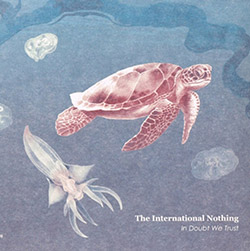
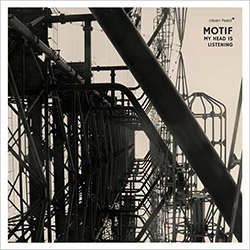
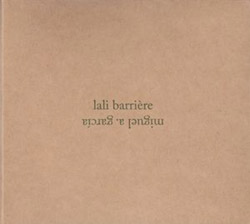
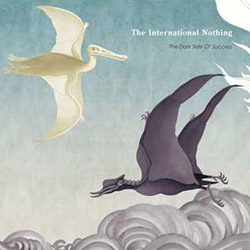
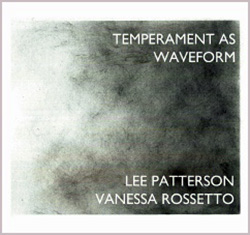
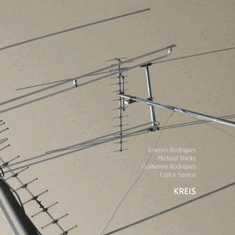
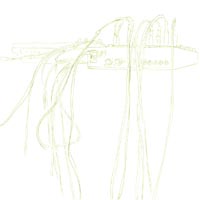
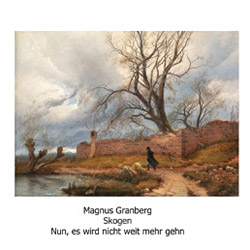
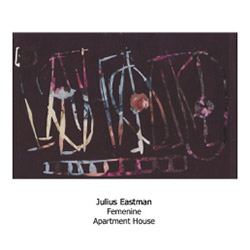
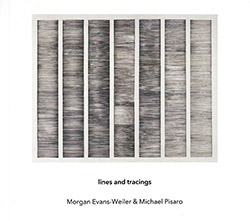
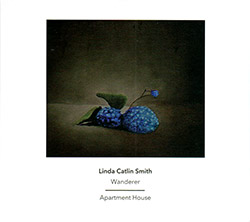
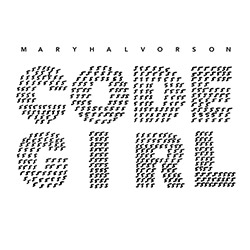
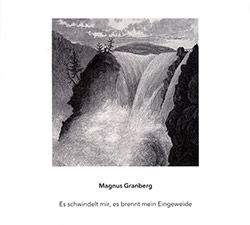
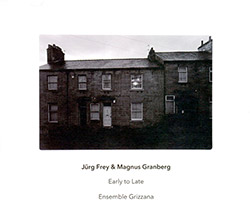
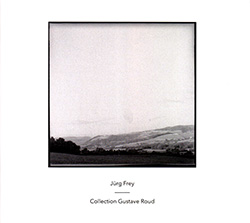
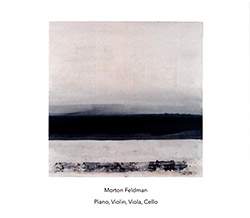
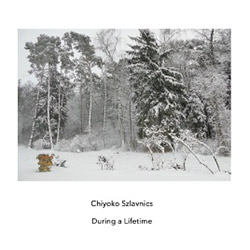
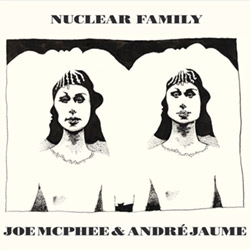
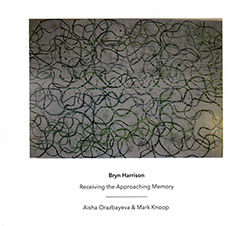
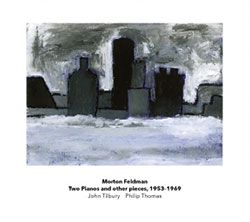
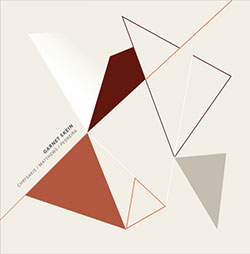
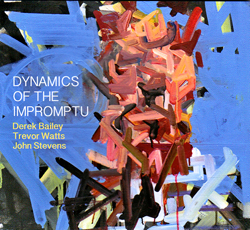
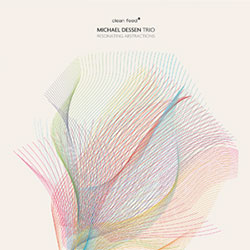
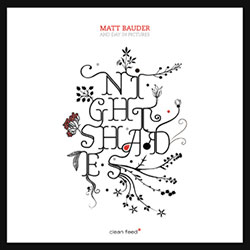
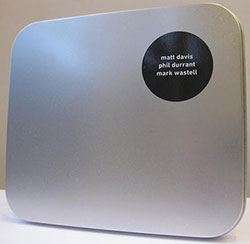
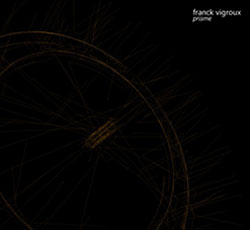

![HobbyHouse (Mia Dyberg / Axel Filip): HobbyHouse [CD + DOWNLOAD]](https://www.teuthida.com/productImages/misc4/36944.jpg)
![Mines, Kelsey / Erin Rogers: Scratching At The Surface [CD + DOWNLOAD]](https://www.teuthida.com/productImages/misc4/36945.jpg)
![Nebbia, Camila (feat/ Marilyn Crispell / Lesley Mok): A Reflection Distorts Over Water [CD + DOWNLOAD]](https://www.teuthida.com/productImages/misc4/36946.jpg)
![Vanheerentals, Adia: Taking Place [CD + DOWNLOAD]](https://www.teuthida.com/productImages/misc4/36947.jpg)
![Mines, Kelsey / Vinny Golia: Collusion and Collaboration [CD + DOWNLOAD]](https://www.teuthida.com/productImages/misc4/36948.jpg)
![Parkins, Zeena: Lament For The Maker [CD + DOWNLOAD]](https://www.teuthida.com/productImages/misc4/36949.jpg)
![Evans, Peter / Mike Pride : A Window, Basically [CD + DOWNLOAD]](https://www.teuthida.com/productImages/misc4/36950.jpg)
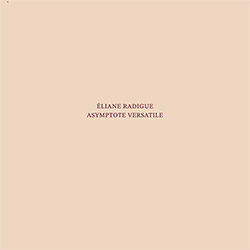
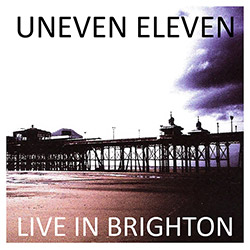
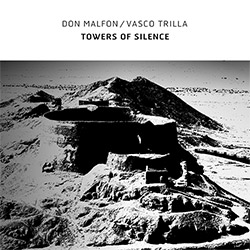
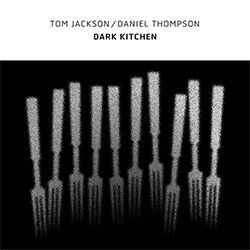
![Frey, Jurg : Composer, Alone [3 CDs]](https://www.teuthida.com/productImages/misc4/36927.jpg)
![Belorukov, Ilia / Alex Riva: Wrestling For Futility [CASSETTE w/DOWNLOAD]](https://www.teuthida.com/productImages/misc4/36994.jpg)
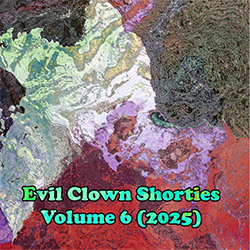
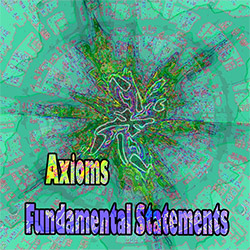
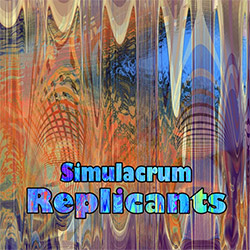
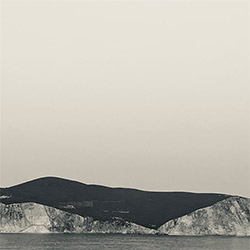
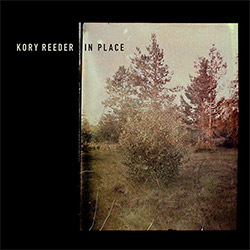
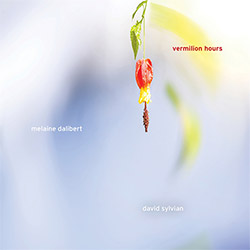
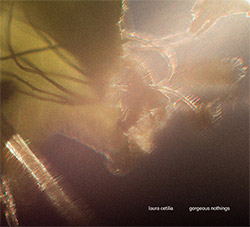
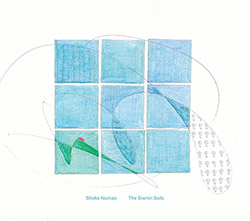
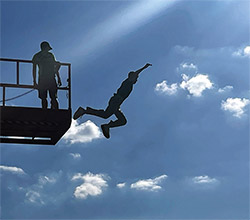
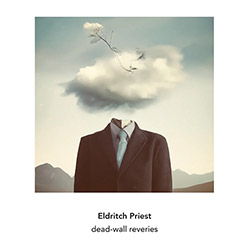
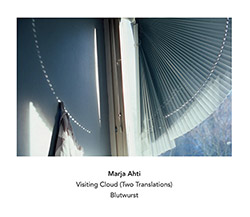
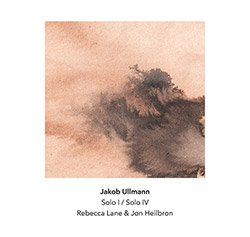
![Agnel, Sophie: Learning [VINYL]](https://www.teuthida.com/productImages/misc4/36841.jpg)
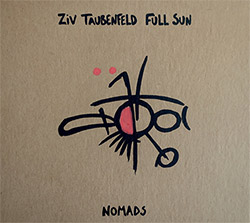
![Monaco, Amanda (w/ Michael Attias / Sean Conly / Satoshi Takeishi) : Deathblow [VINYL+ DOWNLOAD]](https://www.teuthida.com/productImages/misc4/36956.jpg)
![Frey, Jurg with ensemble]h[iatus: Je Laisse A La Nuit Son Poids D](https://www.teuthida.com/productImages/misc4/36988.jpg)
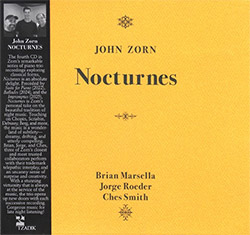
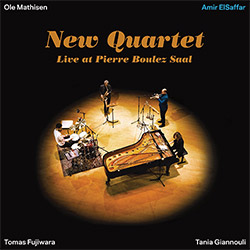
![ElSaffar, Amir / New Quartet : Live at Pierre Boulez Saal [VINYL]](https://www.teuthida.com/productImages/misc4/36830.jpg)

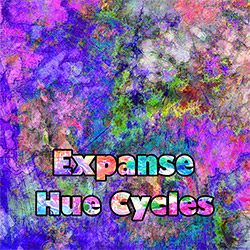
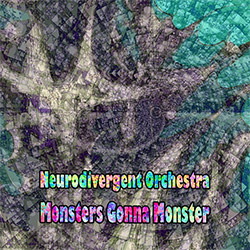
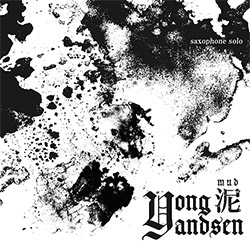
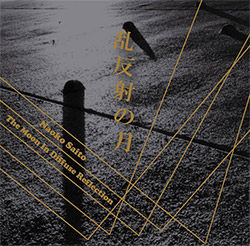
![Musicworks Magazine: #152 Fall 25 [MAGAZINE + CD]](https://www.teuthida.com/productImages/misc4/37004.jpg)
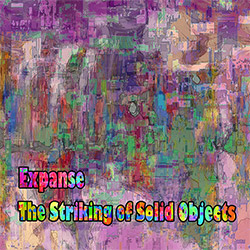

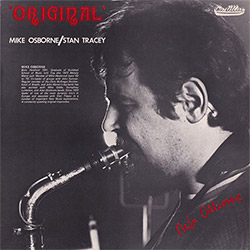
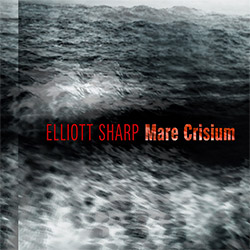
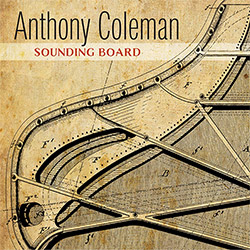
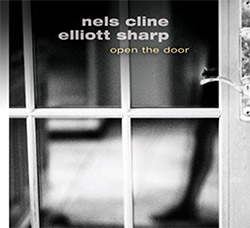
![[ahmed] (Thomas / Grip / Gerbal / Wright): Sama](https://www.teuthida.com/productImages/misc4/36976.jpg)
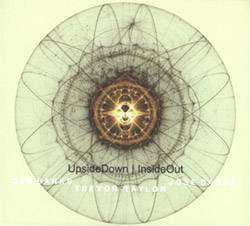
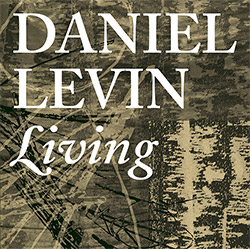
![Cleaver, Gerald / Brandon Lopez / Hprizm: In The Wilderness [COLOR VINYL]](https://www.teuthida.com/productImages/misc4/33060.jpg)
![McPhee, Joe : Defiant Jazz: a Joe McPhee Taster [VINYL]](https://www.teuthida.com/productImages/misc4/36859.jpg)
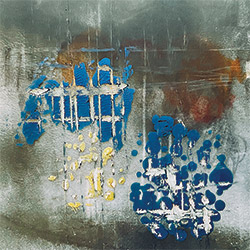
![Mateen, Sabir / Patrick Holmes / Federico Ughi : Survival Situation [LTD VINYL LP + DOWNLOAD]](https://www.teuthida.com/productImages/misc4/29891.jpg)
![Tucker, Dave / Pat Thomas / Thurston Moore / Mark Sanders: Educated Guess Vol. 1 [COLORED VINYL]](https://www.teuthida.com/productImages/misc4/30183.jpg)
![Sarian, Michael / Matthew Putman: A Lifeboat (Part I) [COLORED VINYL]](https://www.teuthida.com/productImages/misc4/30426.jpg)
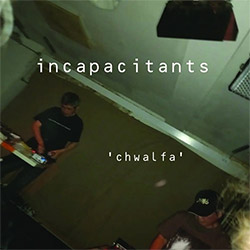
![Genthon, Anouck / Lionel Marchetti: Suite Blanche [2 CDs]](https://www.teuthida.com/productImages/misc4/36642.jpg)
![Toeplitz, Kasper T.: Erosions Programmees [CD + BOOKLET]](https://www.teuthida.com/productImages/misc4/36639.jpg)
![Gate, The : Amost Live [CASSETTE + MAGAZINE]](https://www.teuthida.com/productImages/misc4/36836.jpg)
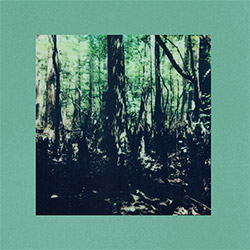
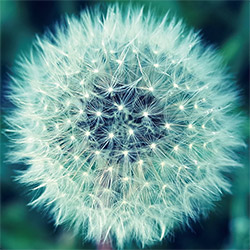
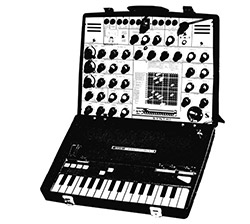
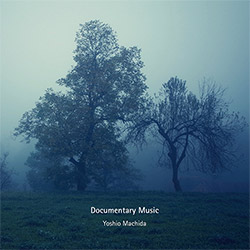
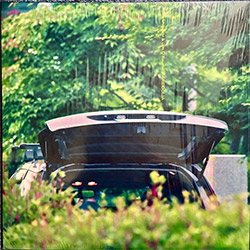
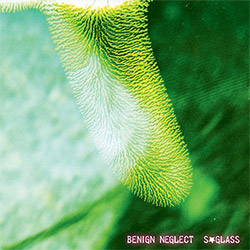
![A Magic Whistle: The Solar Cell [VINYL]](https://www.teuthida.com/productImages/misc4/36658.jpg)
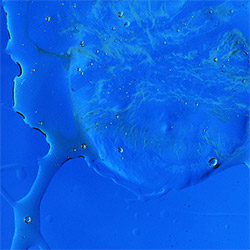
![McGee, Hal: Columbus Expedition [Cassette w/ Download]](https://www.teuthida.com/productImages/misc4/36650.jpg)
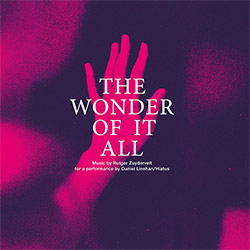
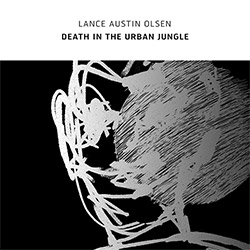
![Jaeger, Kassel: Fernweh [VINYL 2 LPs]](https://www.teuthida.com/productImages/misc4/36541.jpg)
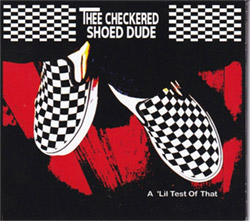
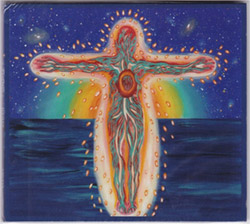
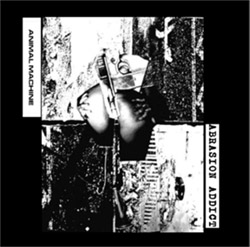

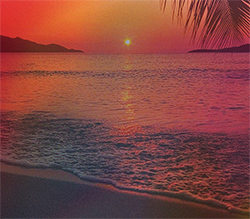
![+DOG+: The Light Of Our Lives [2 CDs]](https://www.teuthida.com/productImages/misc4/36009.jpg)
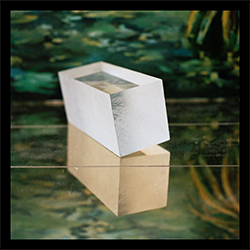

![Eternities: Rides Again [CASSETTE]](https://www.teuthida.com/productImages/misc4/36247.jpg)

![Lopez, Francisco: Untitled (2021-2022) [2 CDs]](https://www.teuthida.com/productImages/misc4/36438.jpg)

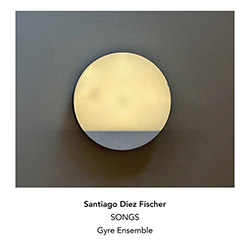
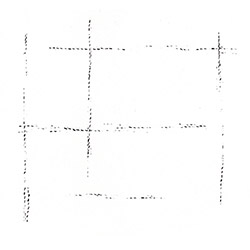
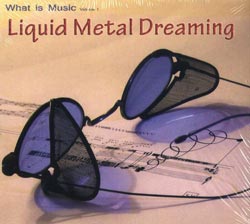

![Pisaro-Liu, Michael: Within (2) / Appearance (2) [2 CDs]](https://www.teuthida.com/productImages/misc4/36831.jpg)
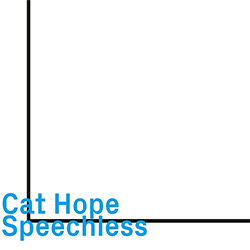
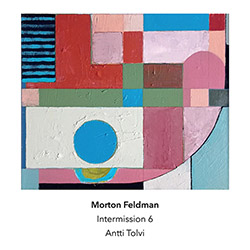
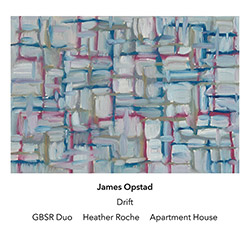
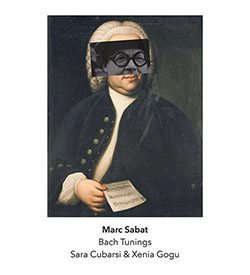
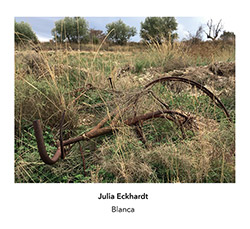
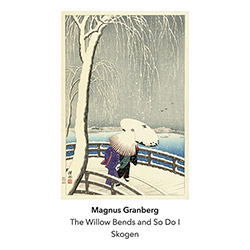
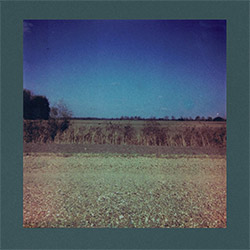
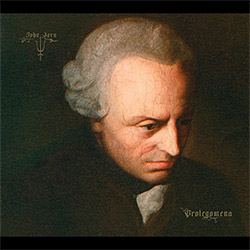
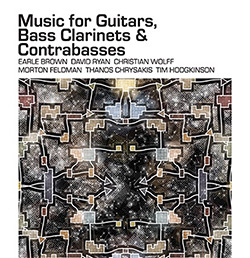
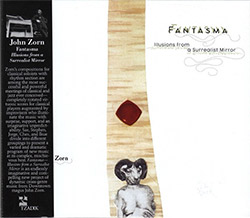
![Musicworks Magazine: #151 Summer 25 [MAGAZINE + CD]](https://www.teuthida.com/productImages/misc4/36559.jpg)

![Brown, Dan / Dan Reynolds: Live At The Grange Hall [unauthorized][CASSETTE]](https://www.teuthida.com/productImages/misc4/36245.jpg)


![Zorn, John: The Song of Songs [CD + CD BOOK]](https://www.teuthida.com/productImages/misc4/36923.jpg)
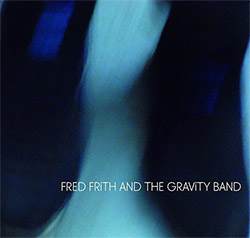
![Coultrain: Mundus [COLORED VINYL]](https://www.teuthida.com/productImages/misc4/33056.jpg)
![Hprizm: Signs Remixed [COLORED VINYL]](https://www.teuthida.com/productImages/misc4/30635.jpg)
![Halls Of the Machine: All Tribal Dignitaries [CASSETTE w/ DOWNLOAD]](https://www.teuthida.com/productImages/misc4/36134.jpg)
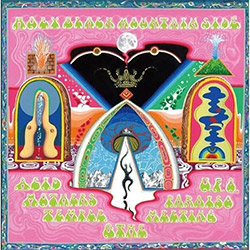
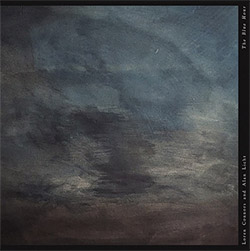
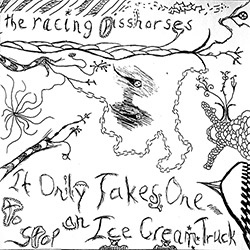
![Koenjihyakkei: Live at Club Goodman [2 CDs]](https://www.teuthida.com/productImages/misc4/36111.jpg)

![Sorry For Laughing (G. Whitlow / M. Bates / Dave-Id / E. Ka-Spel): Rain Flowers [2 CDS]](https://www.teuthida.com/productImages/misc4/35985.jpg)

![Rolando, Tommaso / Andy Moor : Biscotti [CASSETTE w/ DOWNLOADS]](https://www.teuthida.com/productImages/misc4/36106.jpg)


![Electric Bird Noise / Derek Roddy: 8-10-22 [CD EP]](https://www.teuthida.com/productImages/misc4/35970.jpg)








![Elephant9 : Mythical River [VINYL]](https://www.teuthida.com/productImages/misc4/34624.jpg)



![Elephant9 with Terje Rypdal: Catching Fire [VINYL 2 LPs]](https://www.teuthida.com/productImages/misc4/35355.jpg)
![Coley, Byron: Dating Tips for Touring Bands [VINYL]](https://www.teuthida.com/productImages/misc4/17906.jpg)

![Lost Kisses: My Life is Sad & Funny [DVD]](https://www.teuthida.com/productImages/misc4/lostKissesDVD.jpg)